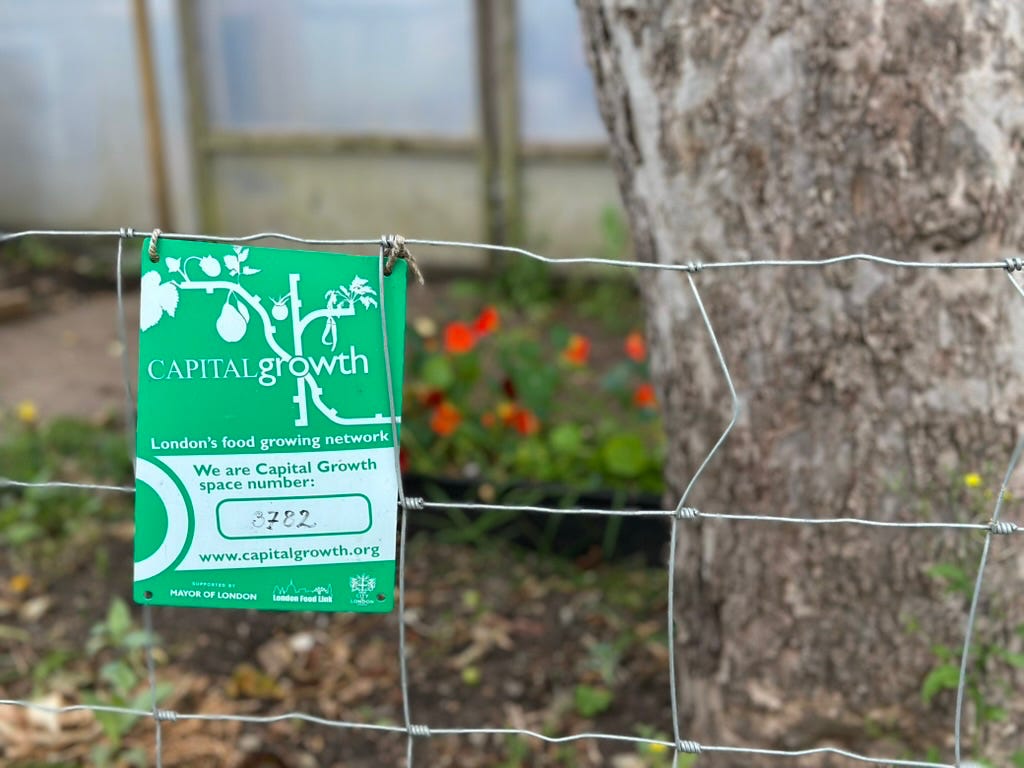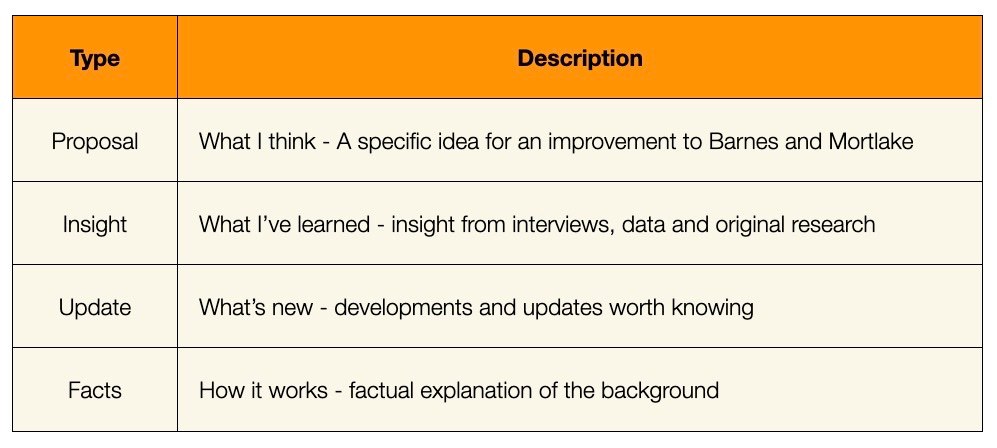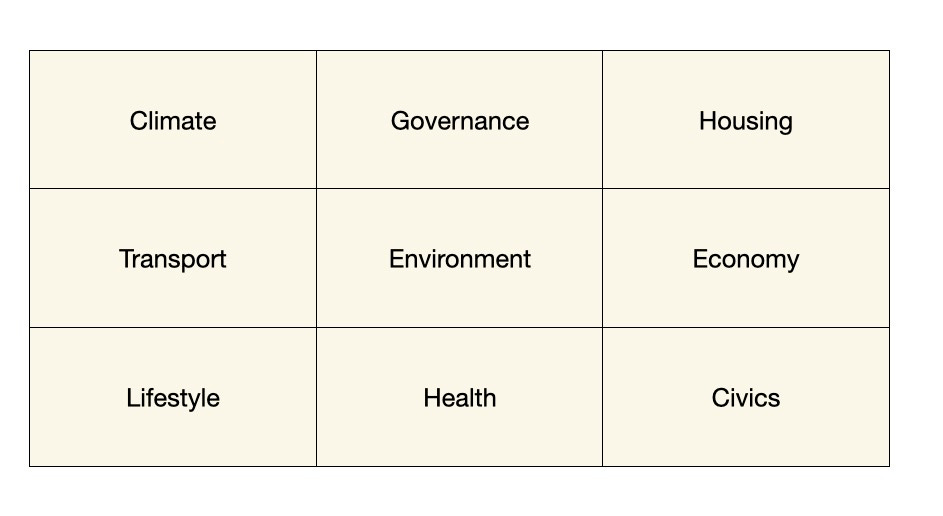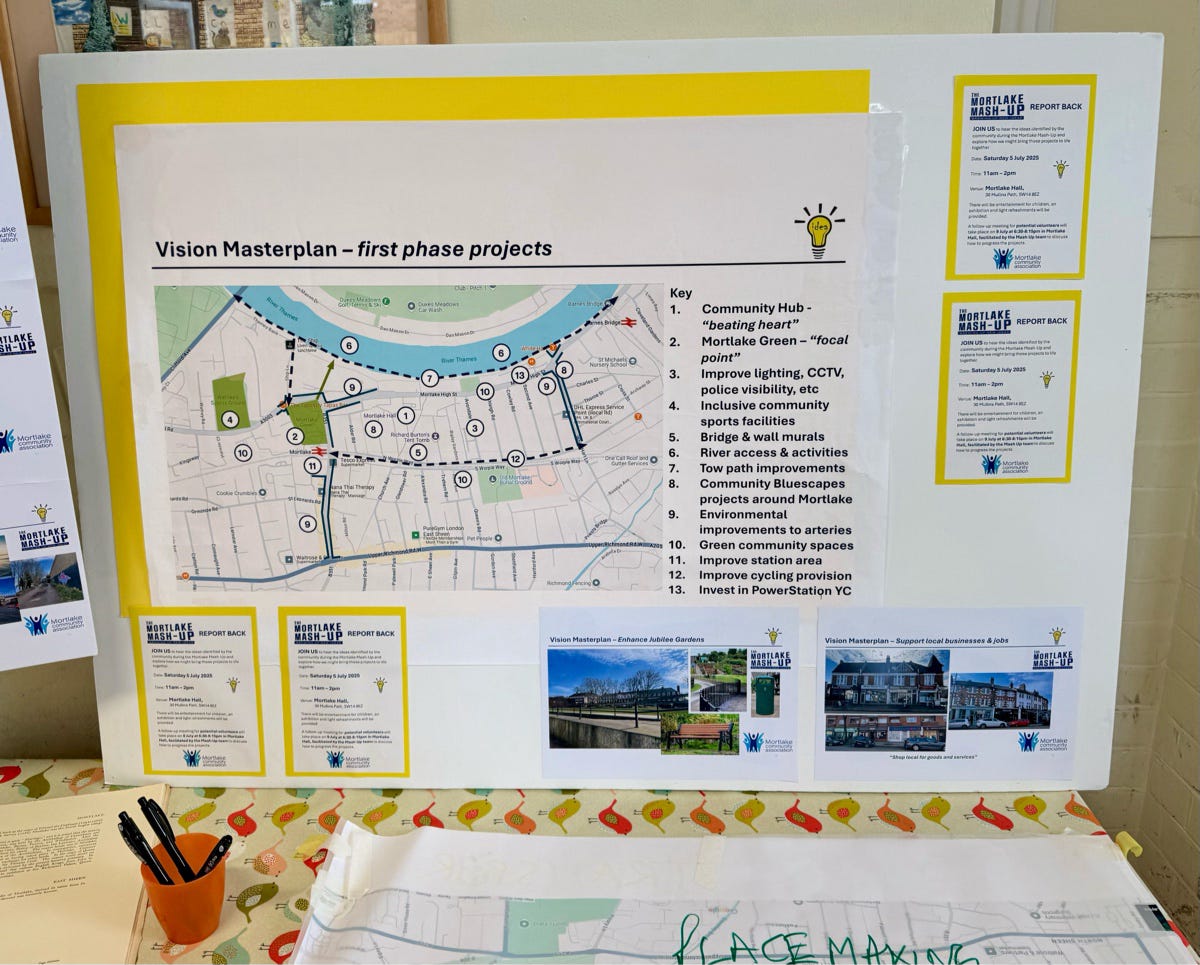🛠️Inside Bridged
Story 100
One hundred stories in, and I still feel like a beginner.
That’s not a complaint. It’s a quiet thrill, the kind that comes with being a 60-year-old novice, learning out loud and in public. My original organising question still rings true:
How do I live my best life in the world’s greatest city during this climate emergency?
During this project, I am taking time out regularly to do a two things.
Ask, what have I learnt? Have my stories provided useful, actionable answers to that question?
And think about production lessons - reflect on the craft. How am I going about this work? How can I do it better?
You can find my most recent learnings here.
This article — Story 100 — focuses on the second question. Call it a production update. I am also going to restate some of the basics, beginning with several important caveats.
This is personal. I am an amateur writer. I am an aspiring place-maker and environmentalist. No more. But I care deeply about these issues and my city, and I want to fashion a practical perspective grounded in curiosity, reflection, and a desire to do better. I write to sharpen my thoughts. I publish to stay honest.
And still: a little knowledge can be a dangerous thing. I get that. But it’s the only starting point I’ve got. I started thinking about this blog last summer and writing at the start of 2025. Even after 100 stories, I know I’m still sketching the outline of a credible perspective.
I take comfort from doing something similar before. Start small, publish often, refine as you go. This vulnerability is familiar. A little unsettling, yes. But it should pass.
I reviewed my progress at the end of March. I was learning and enjoying so much, I committed to another year, at which point I will take stock again. My plan for that year?
.. more than words, more than facts and more than me.

Stories, stories, stories
I aim to publish three stories every week.
The quality, I think, is improving. In the first 50 stories, I was proud of one. (You’ll have to guess which.) In the most recent 50, I’d say 10 were good. Progress. It’s as though I need to write through the mediocre to make space for the meaningful.
One in five good stories is my target strike rate going forward. That means a good story every fortnight.
Types of story
I have simplified the taxonomy. Every story now fits into one of four categories:
I am trying to create an evidence-backed list of proposals. Eventually I want my thinking on a particular topic, say ‘balcony solar’, to be supported by factual descriptions, news updates and relevant insight.
I am not going to achieve that, by addressing one topic at a time. That would be dull. That is not how my brain works. Nor is it how the rest of the world works.
Instead I am going to make sure that over time each proposal has the necessary supporting information using this framework and that it is easily navigable on the blog. I explain below my thinking about publishing these work in progress proposals.
Themes and topics
Topics are the spine of the blog - car parking, shade, walking and waste. I group these into themes. These power the website’s navigation.
The nine themes remain valid. I have changed the title of one of them from Citizens to Civics, or civic society. I wanted to reflect the scale of organised, collective action in Barnes and Mortlake. This is not about individuals.
Clarity on geographic focus
In May I adjusted blog’s geographical target area. I am not looking at the whole of London - the world’s greatest city. Instead after trialling one approach, I have settled on a much easier formulation.
This is a blog is based in and about Barnes and Mortlake.
Workflow
Story management feels so much tighter now. I am sure this added to the improvement in story quality.
I use Craft Docs to manage the workflow. I maintain a list of the next 20 stories plus a candidate list of the 50 to follow after that.
Meanwhile, I continue the habit of a (content creating) lifetime. I repeatedly return to old stories to rewrite, improve the imagery or add new links. Utterly addictive.
When the facts change ..
I started this blog with a set of assumptions. Twice they have been challenged significantly. I have adjusted my thinking accordingly.
Richmond council’s Climate and Nature Strategy said 46% of all emissions in the borough were from domestic buildings. Transport was the second worst polluter on 24%. In the first half of this fiscal year I am featuring transport heavily. In the second half I now intend to do the same with housing.
Two weeks ago I attended The Barnes Fund AGM. The theme was the elderly. Again, I was familiar with the overall picture but the details about poverty, loneliness and the like was surprising. Another tweak to my content planning. After all, I will be an elderly Barnes resident at some point ..
More than facts
A list of facts - however easy to generate - does not answer my organising question. The insight and proposals are more valuable.
I have started to label any insightful comments on any stories as ‘Notes & thoughts’. You can see examples here and here.
I am also aggregating my insights and proposals in a section of the blog titled Manifesto. This is short of content at the moment but I have plans to correct that over the summer.
More than words
I want to get to the point where the choice of story telling device is driven by its likely impact. If story is best told through words, write. If it needs a video, film.
I am not there yet.
My default mode (sic) is to write an article. Words - and audio - are my comfort zone. I need to push myself do more than this. I want to learn new skills.
I have made a deliberate effort to improve the quality of the images I use. I have added a large number of stock-shorts to my Barnes and Mortlake photo library. One featured earlier. The recent sunshine has helped collecting these late afternoon shots.
I have also started to experiment with different sorts of imagery such as this illustration to summarise the UK government’s options for the future of Hammersmith Bridge.
I have used ChatGPT twice to generate images. One was poor. This is the second image which on the face of it, is effective. But then you notice the Scrabble fail. And I cannot persuade ChatGPT to remove them.
Improved navigation
I updated the site-wide navigation last month. I switched to a mainly theme-based approach. If you glance to the top of the homepage, there are also three non-theme sections:
Manifesto - this features any proposals or related insight. This is the most important part of the blog
About me - since this is a personal blog, I felt it was important to be clear about my motives and progress
Archive - this lists all the stories published
One story can and does feature in more than one section.
I continue to learn about Substack functionality. My biggest (publishing) thrill last month was realising I could create useful links within a story. Deep-linking is hugely helpful in connecting stories across blog.
Welcoming new users
I am now sharing my blog with others. Gingerly.
I have included a link to the homepage below my signature on all outbound emails.
I have shared my business cards.
The Substack ecosystem found me last month.
As a result, I have improved the experience for first time users whether they subscribe or not.
Hosting. Enough already
Simplified, sorted and stable.
A short update masking hours of effort.
Niggles remain
Despite the progress - I am still blown away at having written one hundred stories - there remains a list of things I have not sorted.
Time crunch
The adjusted diary works continues to work well. That gives me confidence in creating the three stories.
The thing is, there is so much more I could do. This feeling is not new: I have been here before. It is tempting to reduce the scope but that would be a unwise so soon in the year. I need to trust the process. I should see how I am doing next Spring. Experience suggests things will have settled down by then.
Alternatively, I could bring forward my plan to have ‘more than me’ creating stories. I do not want to do this just yet. I need to think long about this change and if I do press ahead, there’s a lot preparation required before I make that step,
Instead I need to be disciplined. Make the updates even briefer. I need to focus my time on coming to useful positions and proposals.
Climate change
There are so many potential stories about the climate emergency. There are five different geographic lenses: global, UK, London, Richmond borough and Barnes and Mortlake. What is the best mix? How do I balance forecast versus actual for each?
I lack a simple framework that establish a de minimus and optimum coverage. Deep dive required.
Joy
I mentioned this in my last production update. I must avoid implying things are not good by suggesting endless changes.
Life in SW13 is wonderful. That is my lived experience.
I need to work out how to bring that across so that anything proposed is seen as an improvement.
I don’t have any answers to this.
Content mix
I log my stories and can see several themes are short on content including health, lifestyle and housing. I do not intend to offer the same depth in every section but I do need to establish the minimum acceptable level.
As I write, I expect housing, transport, environment and lifestyle will become the four dominant four pillars.
I have a story plan that reflects that.
Image editing
This is my weakest content creation skill. Photoshop, or equivalent, and me do not get on. I need to try again.
Location mix
I need to find the right mix of stories about UK, London, Richmond borough and Barnes and Mortlake. There are various data sets such a car ownership, average income, house prices which could be usefully compared.
I am going to do a deep dive on this over summer to create approach to this.
Manifesto
This is not a problem yet but will become one.
How do I bring to life how this new Barnes and Mortlake might look, feel and work, were all my proposals be implemented?
This is not a maximalist fantasy. I think there are good reasons to do this as a way of testing my thinking:
Needs - different parts of Barnes and Mortlake have different needs. There needs to be away of showing and assessing this mix.
Significance - there are many credible ideas. One way of assessing them is to put them side by side. Compare the relative merits in context.
Compound - I believe the sum of these changes will be greater than the sum of the parts. This is a hypothesis and needs to be tested.
Persuasion - Understanding the bigger picture will help persuade some people of the need to accept a line item that directly affects him or her.
Priorities - Improving Barnes or Mortlake is not a zero-sum game. There are trade-offs required at every step. Being able to see the whole, conjure the possibilities makes it easier to make this priority calls.
I have already experienced different ways of doing this - Richmond councl’s future climate scenarios; I wrote about walking from Thames to Thames in 2030; and then were these compelling Mortlake Mash-Up maps:
There are many other devices - films, AR (augmented reality), display posters, informal discussion groups. They all need a storyteller comfortable with imagination and information. And a story.
Again, I don’t know how I am going to do this. By Christmas I am going to need a better answer.
Summer priorities
More than words
Video - I am going to launch a YouTube channel. It will comprise initially of third party films organised by the nine themes. I also have plans to start recording video interviews, as I explain below.
Image editing - I imagine this is what it feels to like to fail your driving test three times but commit to a fourth.
Ai - I use ChatGPT for deep research and sub-editor. It is very useful. I am interested in using Ai for more than this. I am going assess whether Google Gemini might be better for my needs. Both services cost about £20 each month.
More than facts
Publish updates more quickly - I need to keep this tight and topical. As I write, I have things to say about the Mortlake Mash-Up report back last Saturday and Healthy Streets 2025 Scorecard release last Tuesday. I need to resist the temptation to go deep on several aspects. Instead, noting the new information should be followed by no more than five ‘notes & thoughts’
WIP Proposals - this is the biggest content change in the coming weeks. Until now I wanted to publish a proposal when I had satisfied myself with the case for change. This is logical but means I would likely have to wait a year before ideas are published. Meanwhile Richmond council keep asking for ideas about the climate, nature, transport, shared bikes .. I have decided to start posting proposals which are work in progress and clearly labelled as such. I will then return to them on to refine my thinking as new information or my opinion changes. I am not going to litter the Manifesto sectionof the website with a list single sentence ideas. Rather I am going to extract ideas I have mentioned already. I have over twenty of these already. Clearly some of these proposals will turn out to be a nonsense - subtle aircraft-like ground lights along the Thames Path, anyone? - but that is ok. I should mark them as rejected when that happens.
These proposals are the last key parts of the ‘scaffolding’ which holds together this blog. Once in place, they wills serve to strengthen the whole.
More than me
I want to allow more contributors to explain their opinion, in their own words. To date, I have written everything. I have tried to use quotes where possible. I have kept strictly to judging people by what they are reported to have said and done. Now I want to go further. Although I am more proficient in audio, I want the challenge of creating video.
I have chosen my software and have most of the hardware I need. I am building up a list of potential interviewees.
I am hoping my credentials are sufficient to encourage some to spare me the time: there is are the stories now live and a user-base that in June wracked up just over 1,000 page views by people other than me.
I have defined thrilling as part exciting and part nerve-wracking. That applies to video.
If you want to find out more about my motives, why not try this explanation of the challenges facing my generation.



